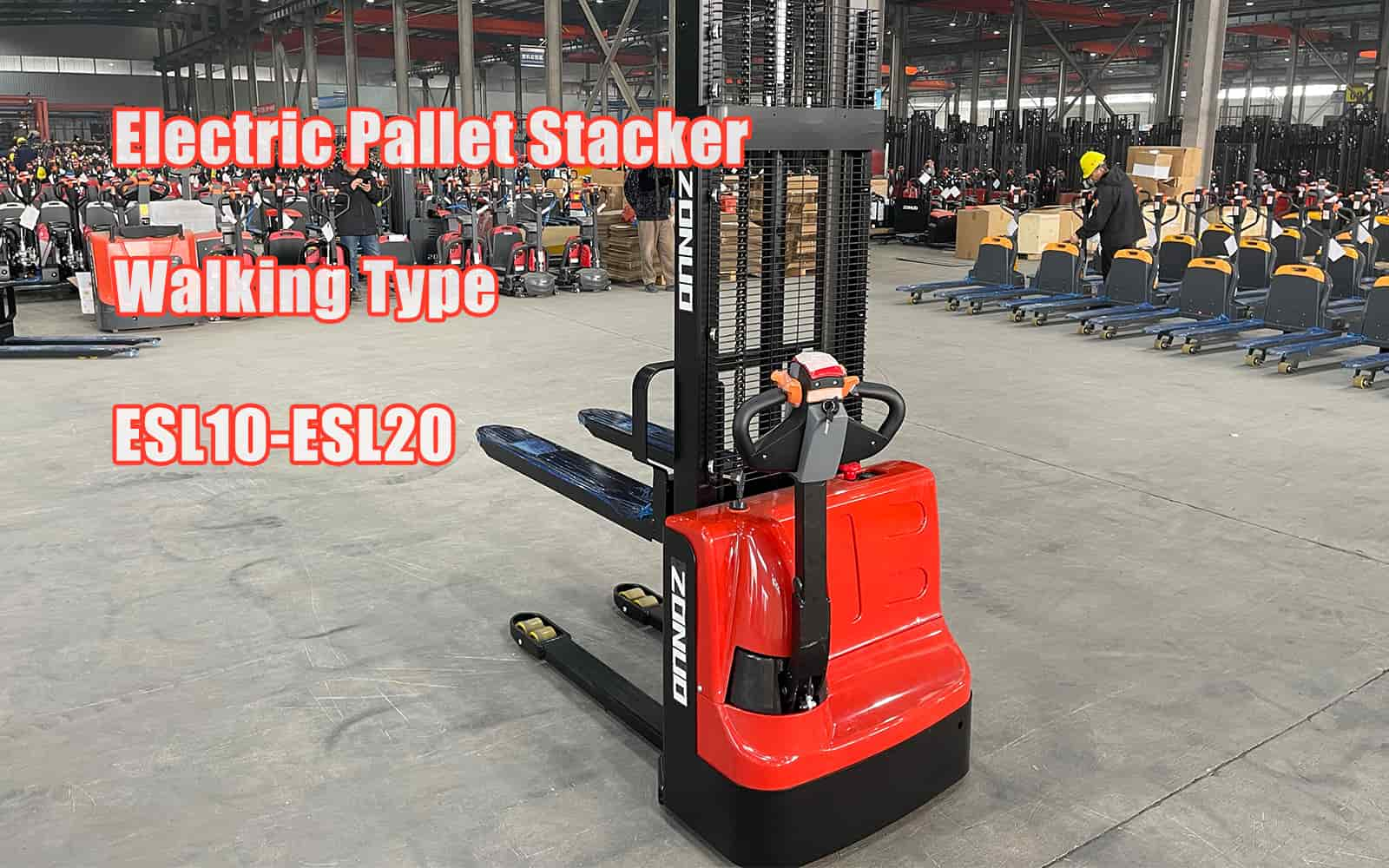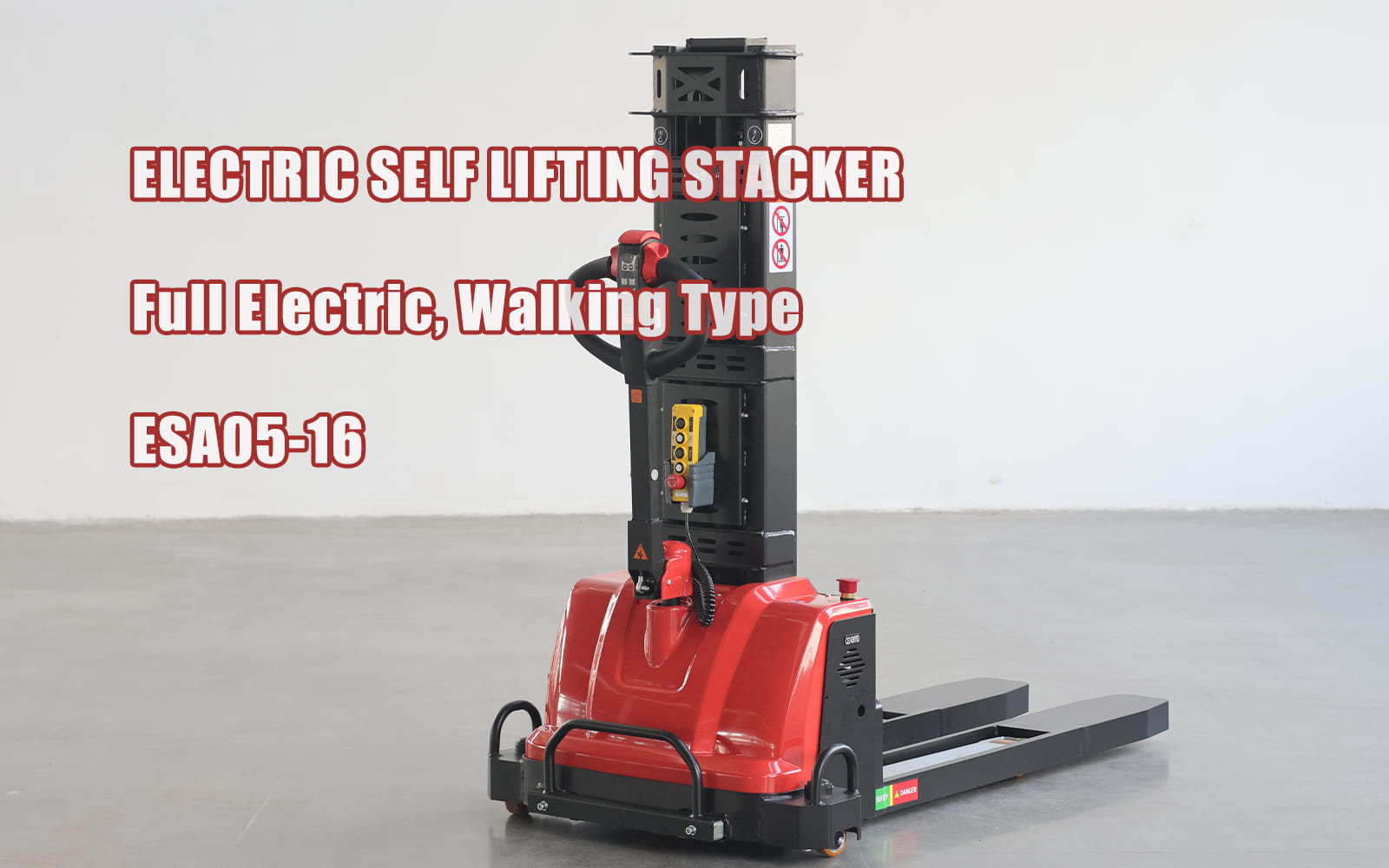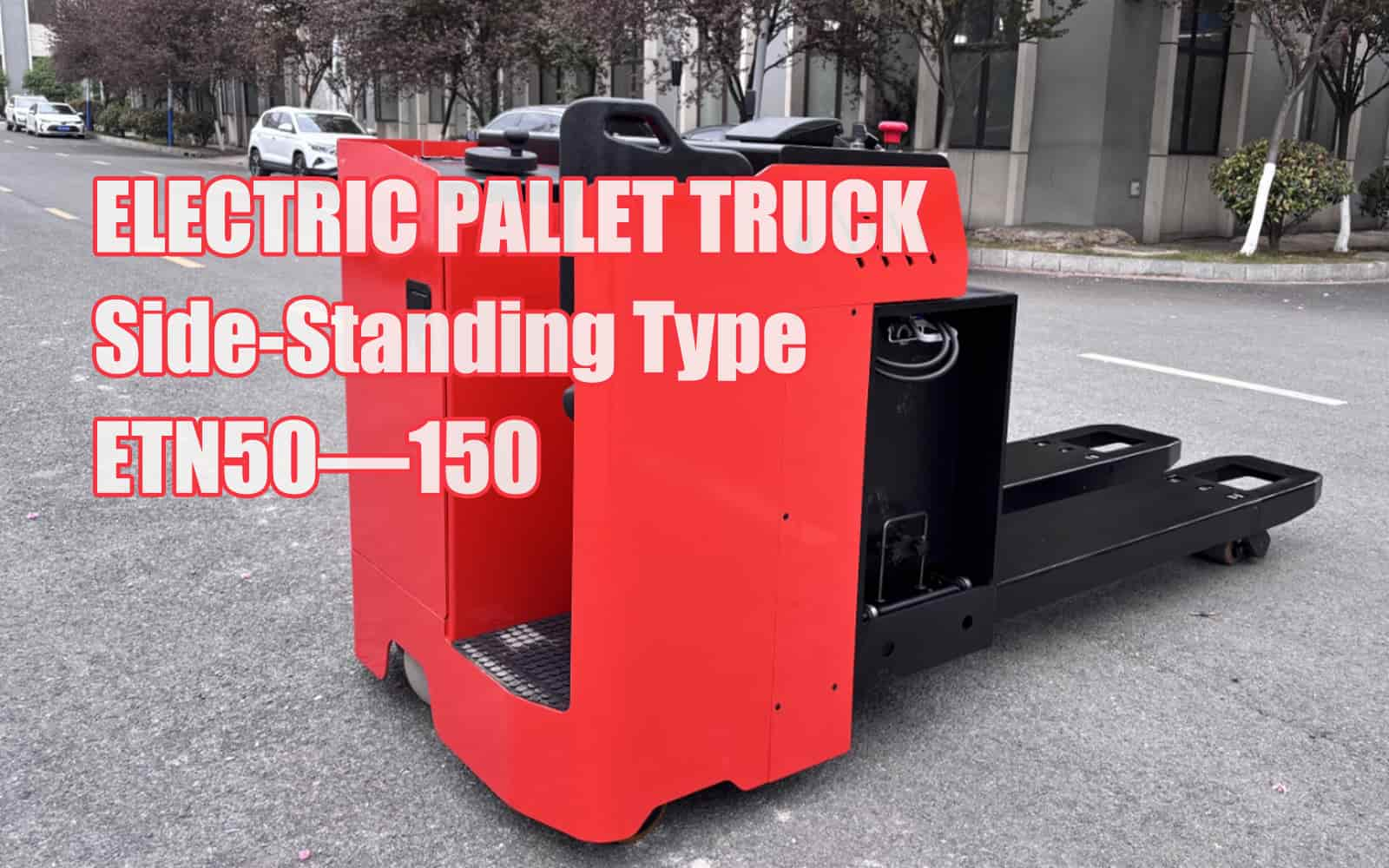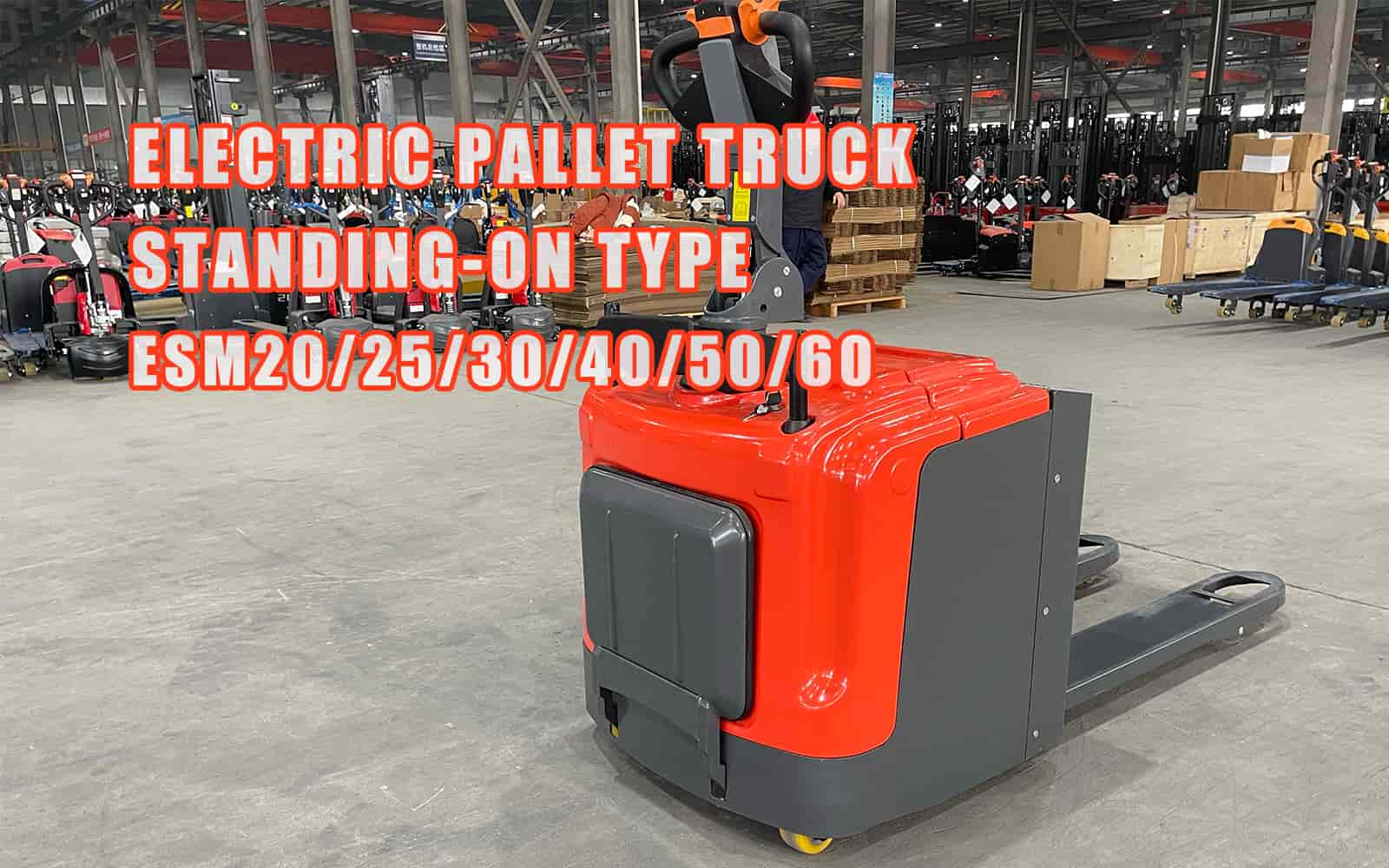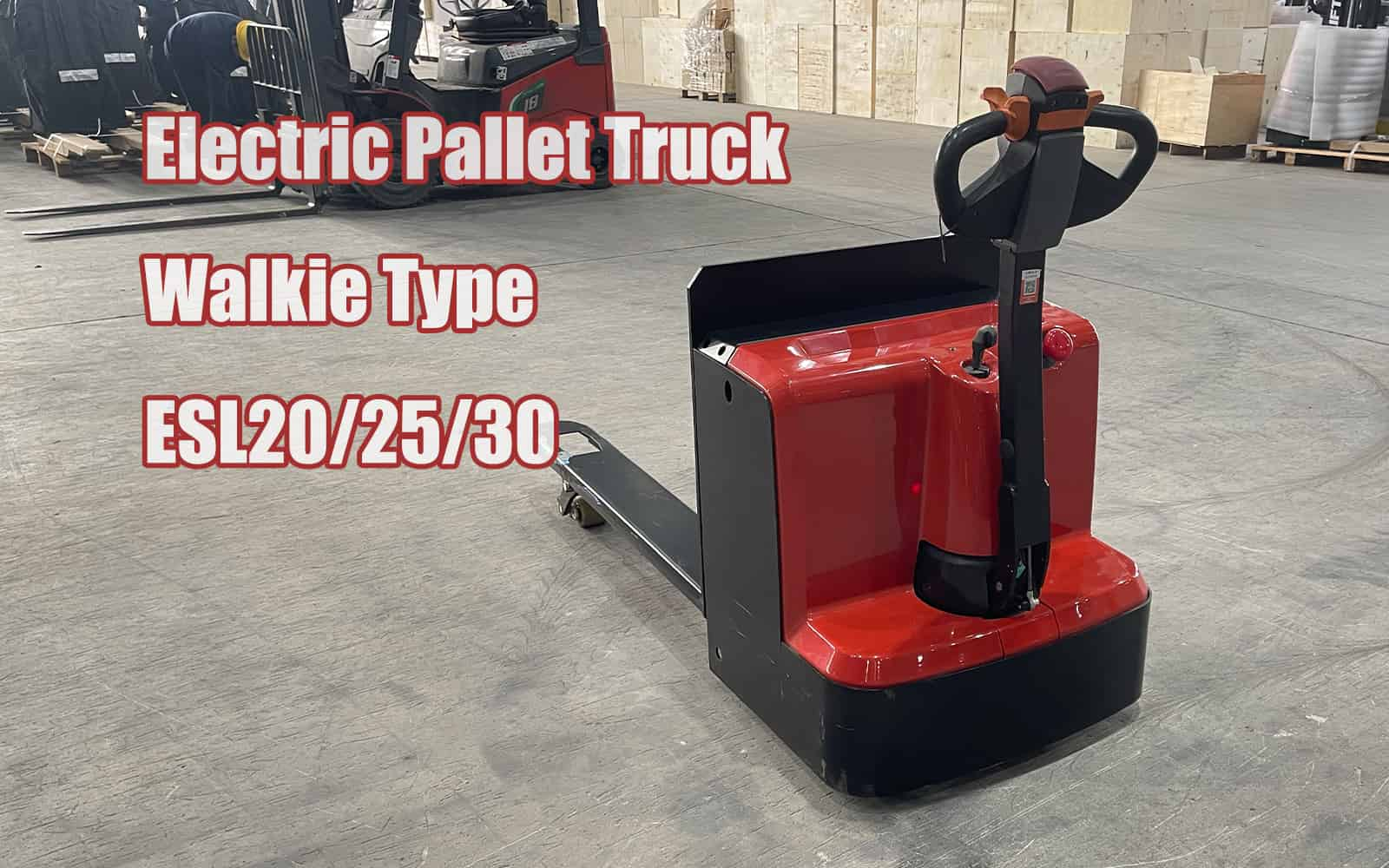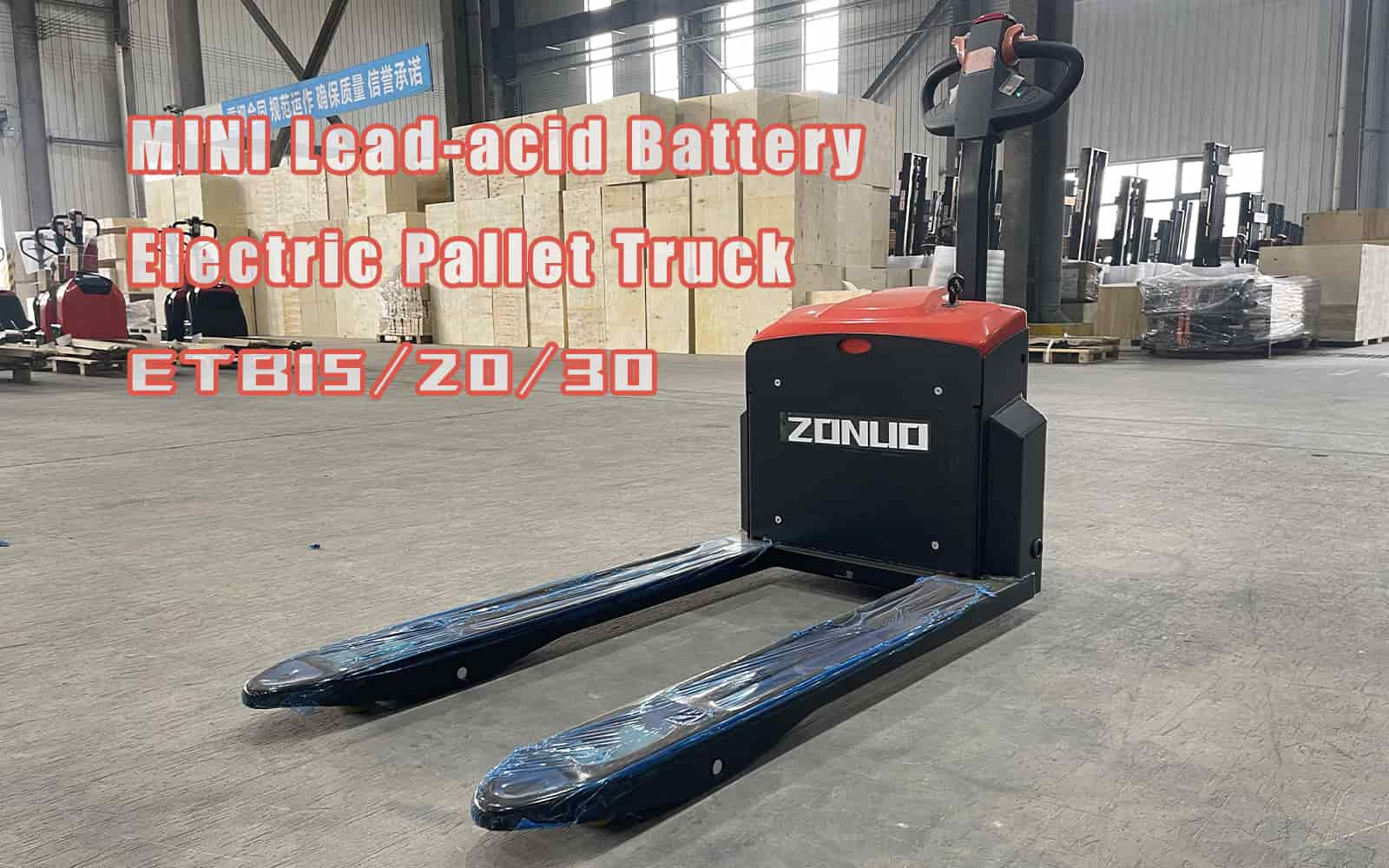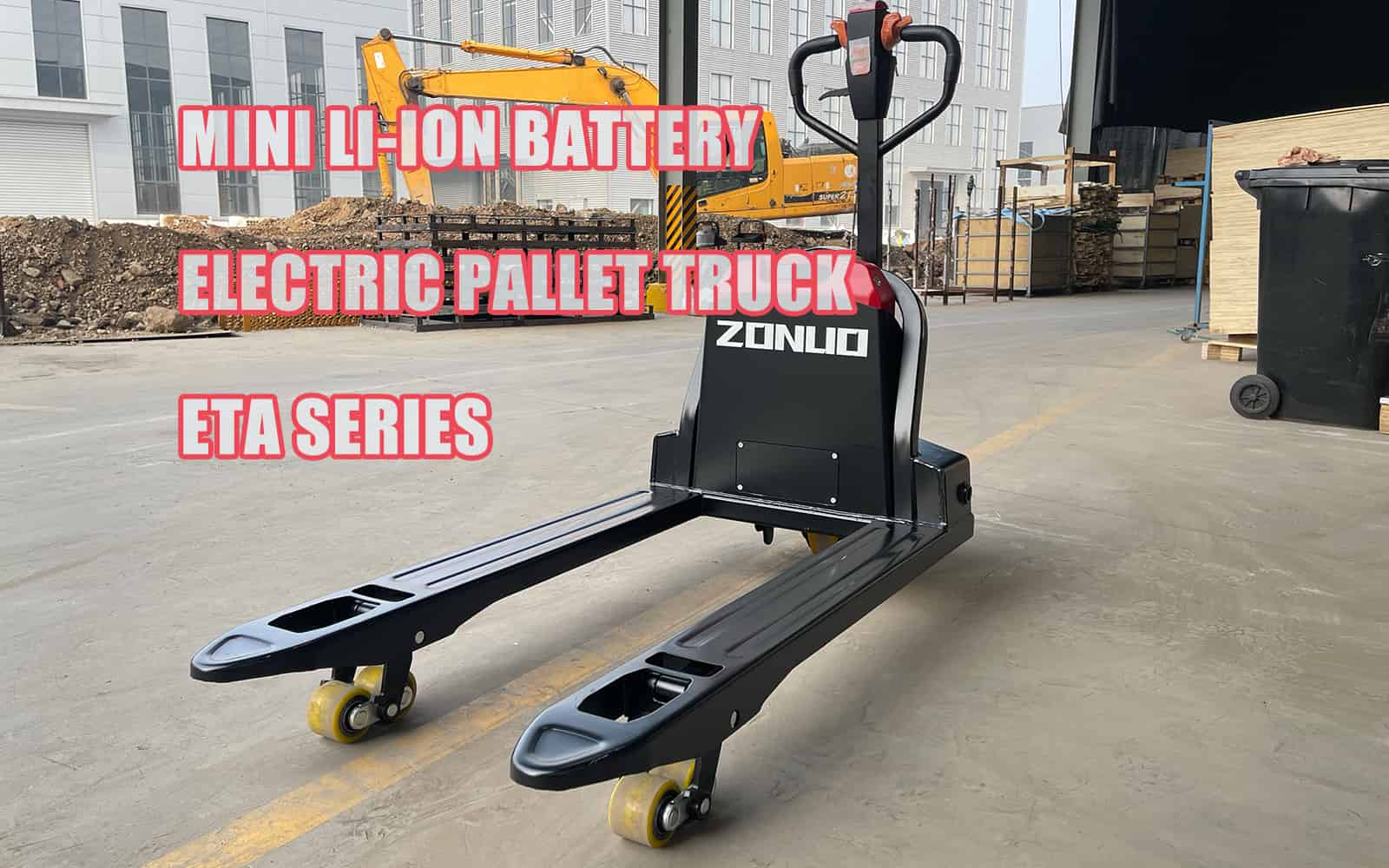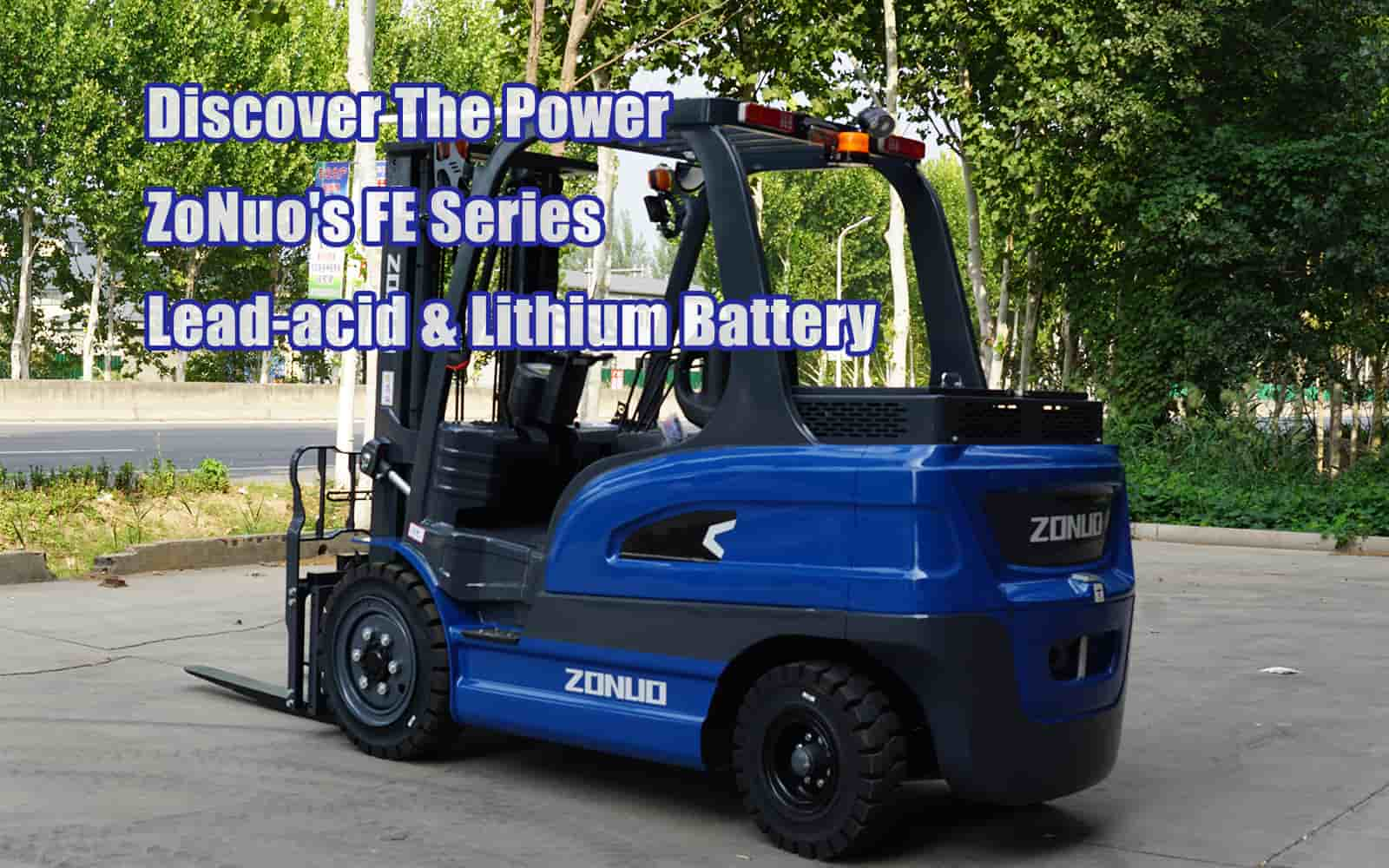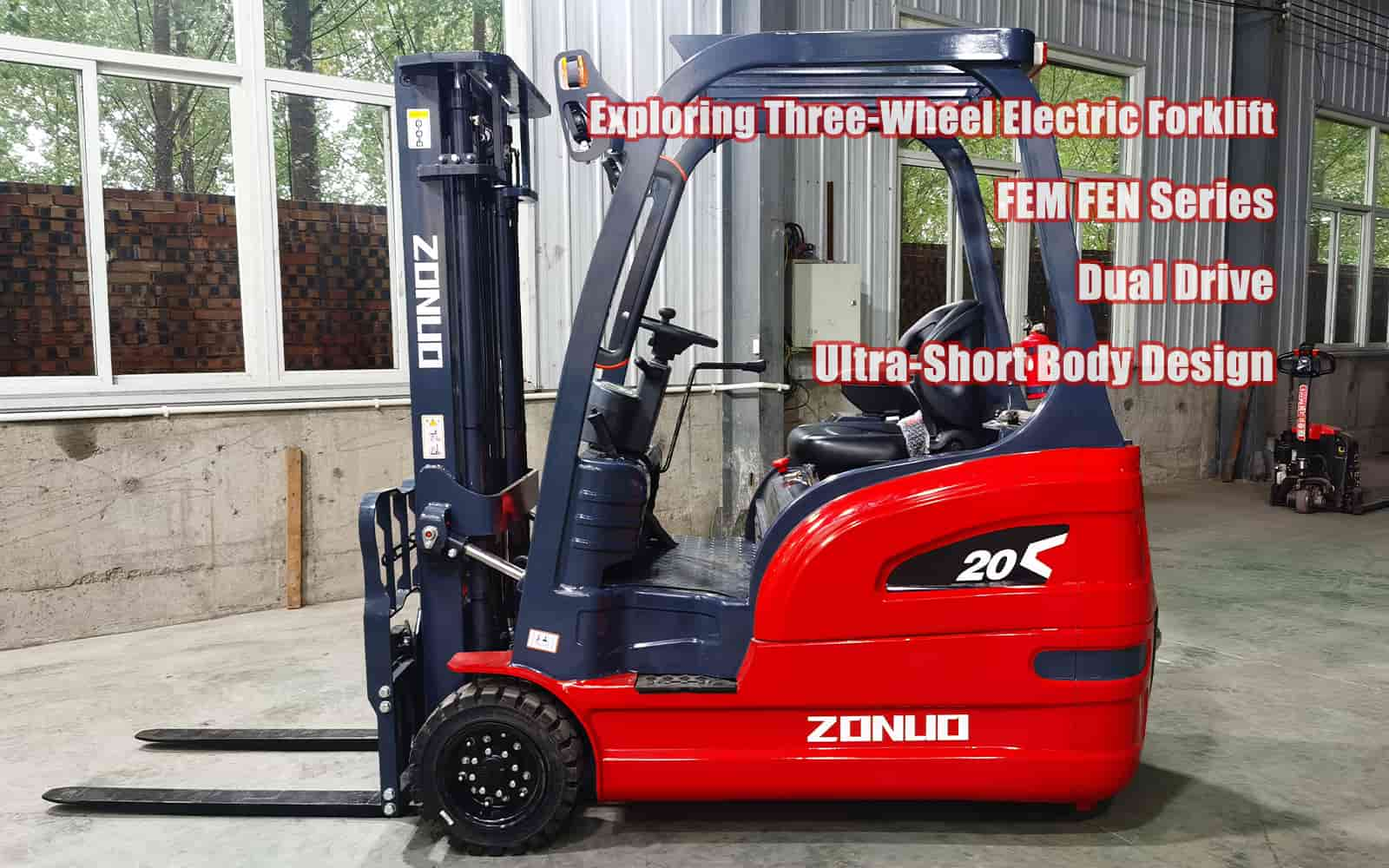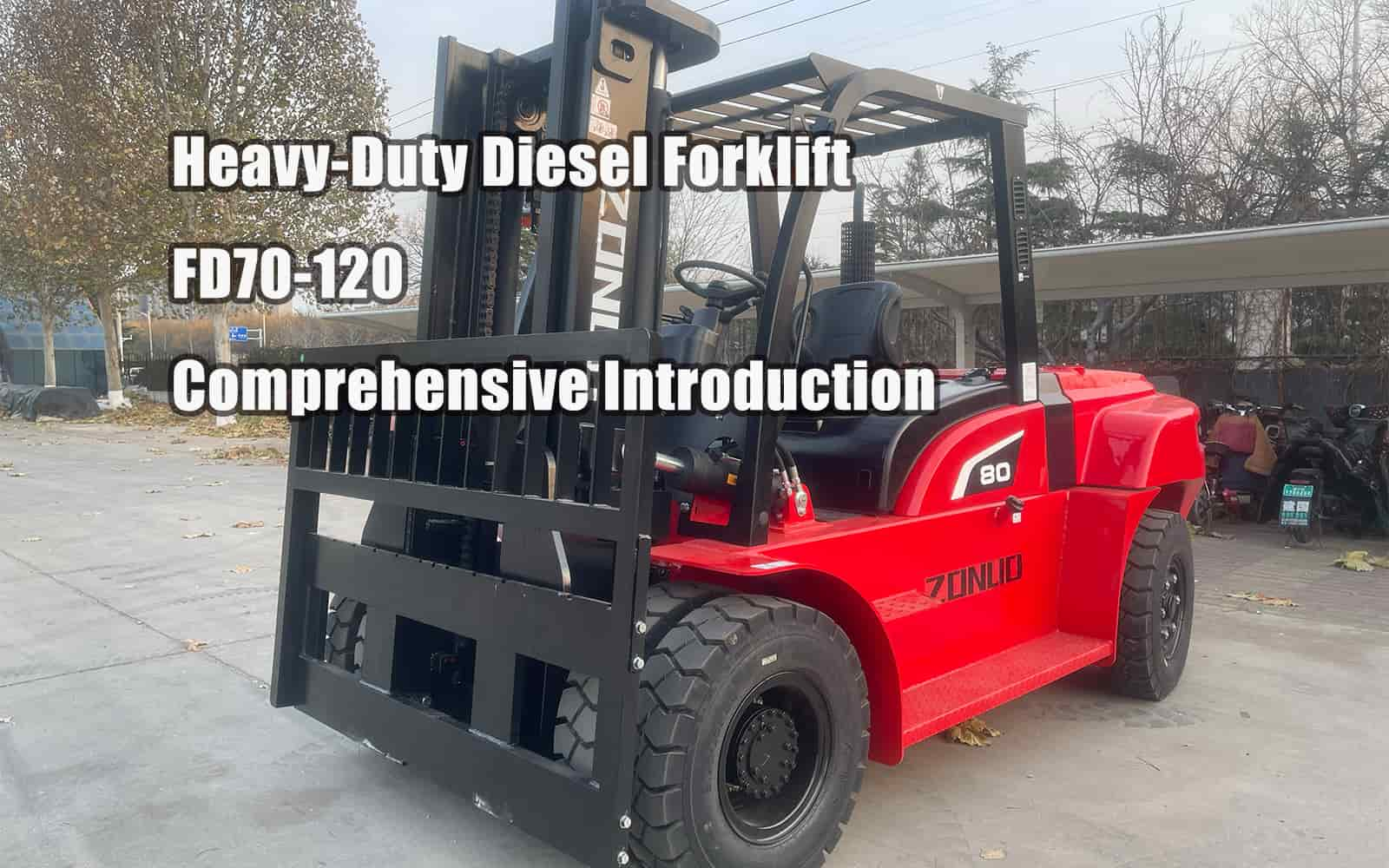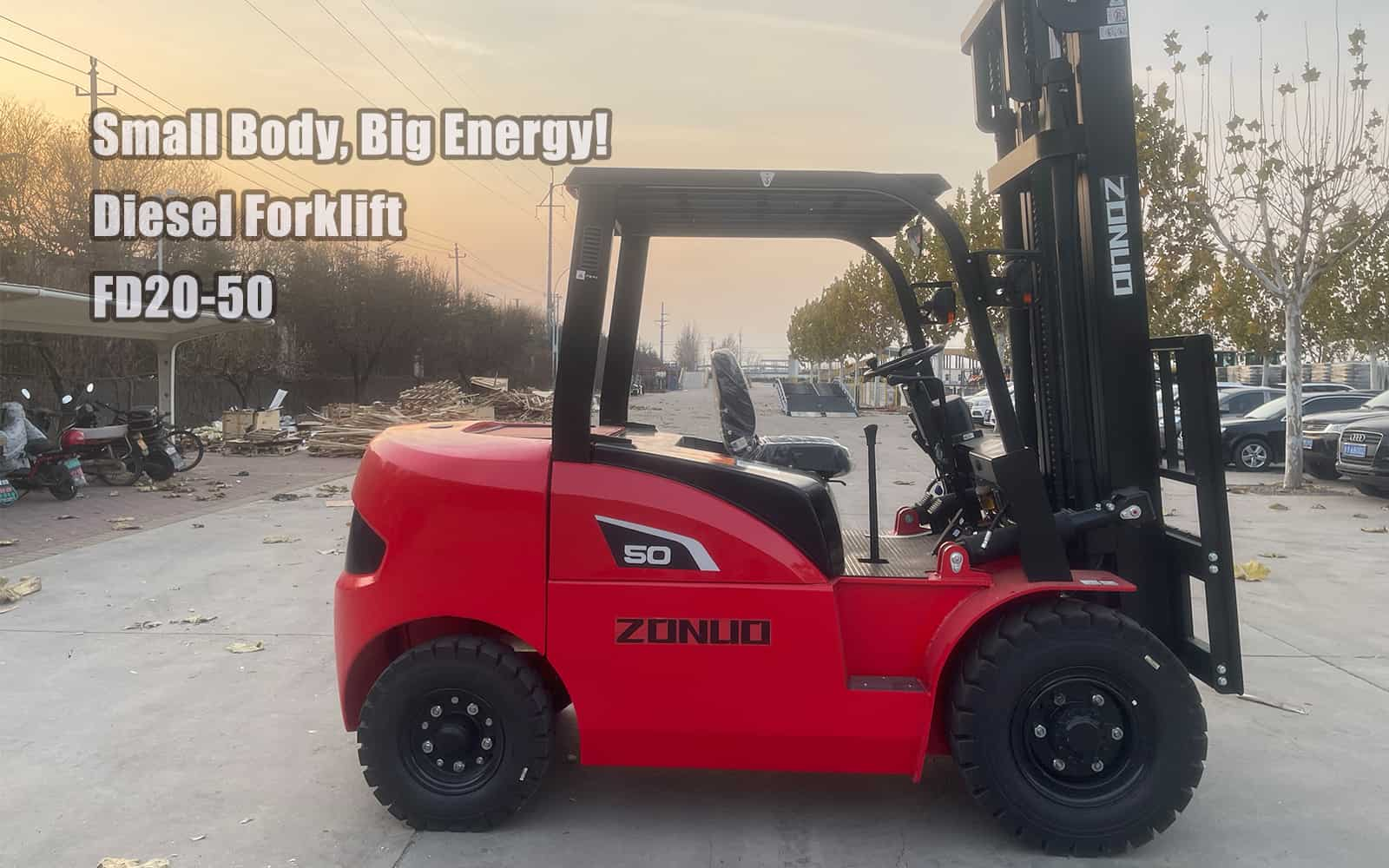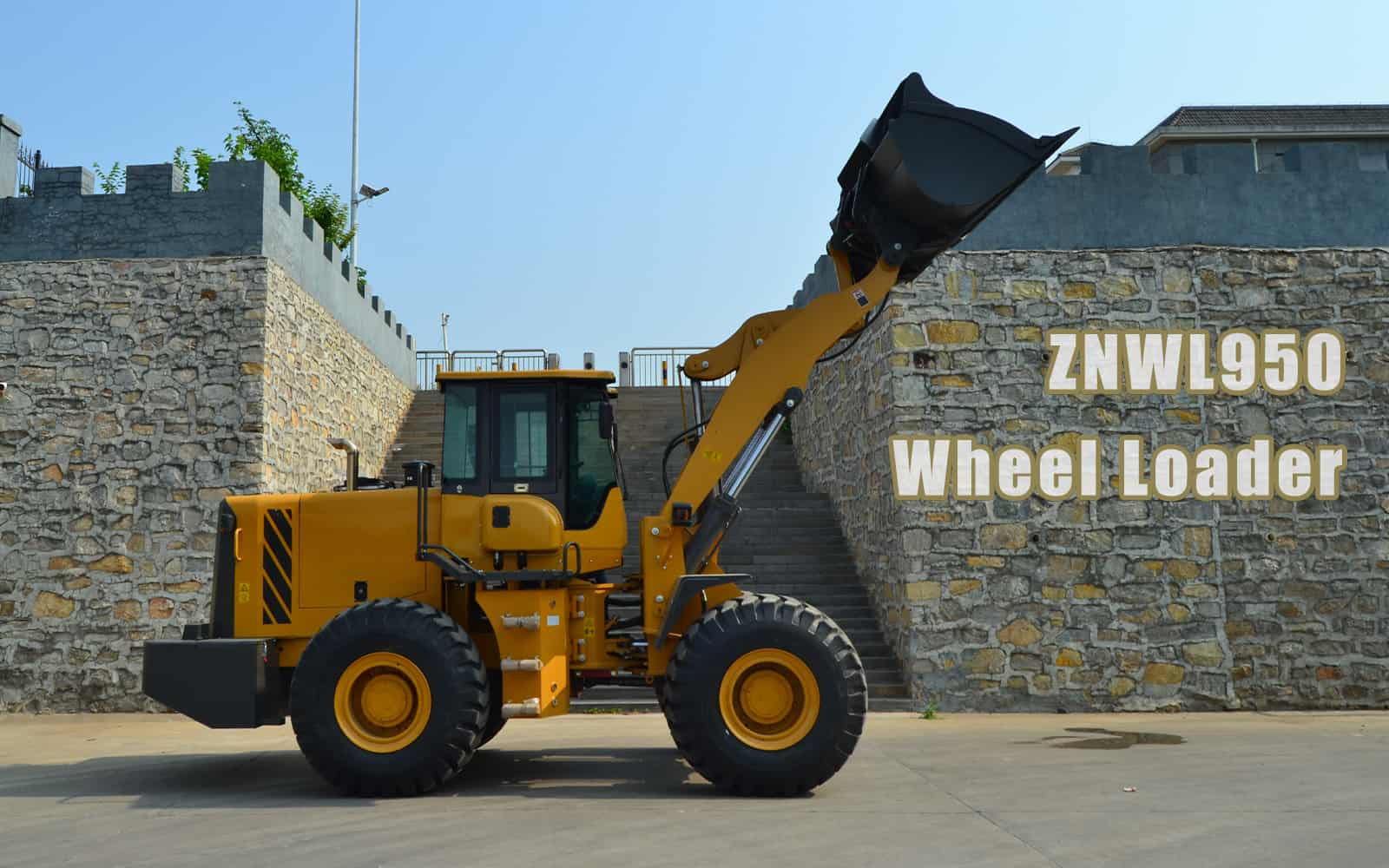Small Body, Big Energy! Comprehensive Application Guide For Small-Tonnage Diesel Forklifts
May 30, 2025
In the efficient operation of modern industrial logistics, small-tonnage Diesel Forklift Trucks have become a trusted assistant for numerous enterprises to enhance handling efficiency, thanks to their perfect blend of flexibility and robust power. Whether navigating through narrow warehouse aisles or operating in complex outdoor environments, these Small Diesel Forklifts effortlessly tackle diverse tasks.
一、Multi-Scenario Applications to Meet Diverse Needs
(1) Warehousing and Logistics, Efficient Storage and Retrieval
4 Ton Diesel Power Forklifts, with their compact and agile design, can freely shuttle between shelves. Even in high-rise stereo warehouses with narrow passages, they smoothly complete goods storage and retrieval operations.
(2) Factory Workshops, Flexible Material Handling
From transporting heavy components in machinery manufacturing workshops to moving full pallets in food processing plants, these forklifts ensure safe and efficient operations in complex workshop environments, supported by their strong traction and stable performance.
(3) Construction Sites, Outdoor Operations
Equipped with excellent off-road capabilities, small-tonnage diesel forklifts drive steadily on muddy and rugged construction roads. They easily handle building materials such as bricks, steel, and cement.
二、Standardized Operation: Safety as a Priority
(1) Pre-Operation Inspections
First, verify that signal devices (lights, horns, etc.) function properly. Second, check tire pressure against standard values. Third, ensure fuel, engine oil, and coolant levels are within specified ranges. Finally, inspect braking and steering systems for flexibility and reliability.
(2) Safe Driving Protocols
Before starting, observe the surroundings, sound the horn, and begin moving slowly after confirming no personnel or obstacles are present. During operation, maintain controlled speed ; strictly prohibit speeding. Slow down and sound the horn when turning, passing intersections, or navigating narrow passages. Never carry passengers. Ensure the loading height of goods does not obstruct the driver’s view, and maintain a stable center of gravity for the cargo.
(3) Loading and Unloading Precautions
Select appropriate forks and adjust the fork spacing based on the goods’ weight, size, and shape. When picking up goods, insert the forks smoothly under the cargo to ensure even force distribution, then slowly lift the forks to the appropriate height. When unloading, lower the forks smoothly to the ground before withdrawing. Avoid sudden braking or sharp turns during operations to prevent cargo shifting or collapse.
三、Regular Maintenance to Prolong Forklift Lifespan
(1) Daily Cleaning and Inspections
After daily operations, check for loose screws, worn chains, aging oil pipes, and other issues. Clean foreign objects from tire surfaces to ensure normal tire function.
(2) Regular Fluid and Filter Replacements
Fuel filter: Replace every 500 hours
Engine oil filter: Replace every 200 hours
Hydraulic oil filter: Replace every 1,000 hours
Engine oil: Replace every 500 hours
Hydraulic oil: Replace every 2,000 hours
(3) Maintenance of Critical Components
Braking system: Inspect brake pad wear and replace promptly if thickness falls below the specified limit.
Steering system: Check steering knuckles, rods, and connections for looseness or wear.
Hydraulic system: Verify seals on pipes and joints for leaks, and ensure hydraulic pumps and cylinders operate normally.
With their versatile applications, reliable performance, and easy maintenance, small-tonnage diesel forklifts are an ideal choice for enterprises to optimize logistics efficiency and reduce operational costs. Our company is dedicated to providing high-quality forklift products and comprehensive after-sales support, with performance and user experience proven in the market. For any inquiries or needs regarding small-tonnage diesel forklifts, contact us today – we’re here to serve you!

